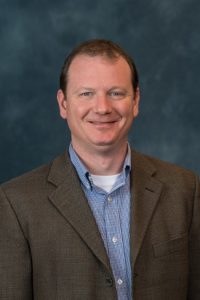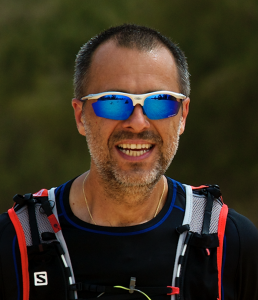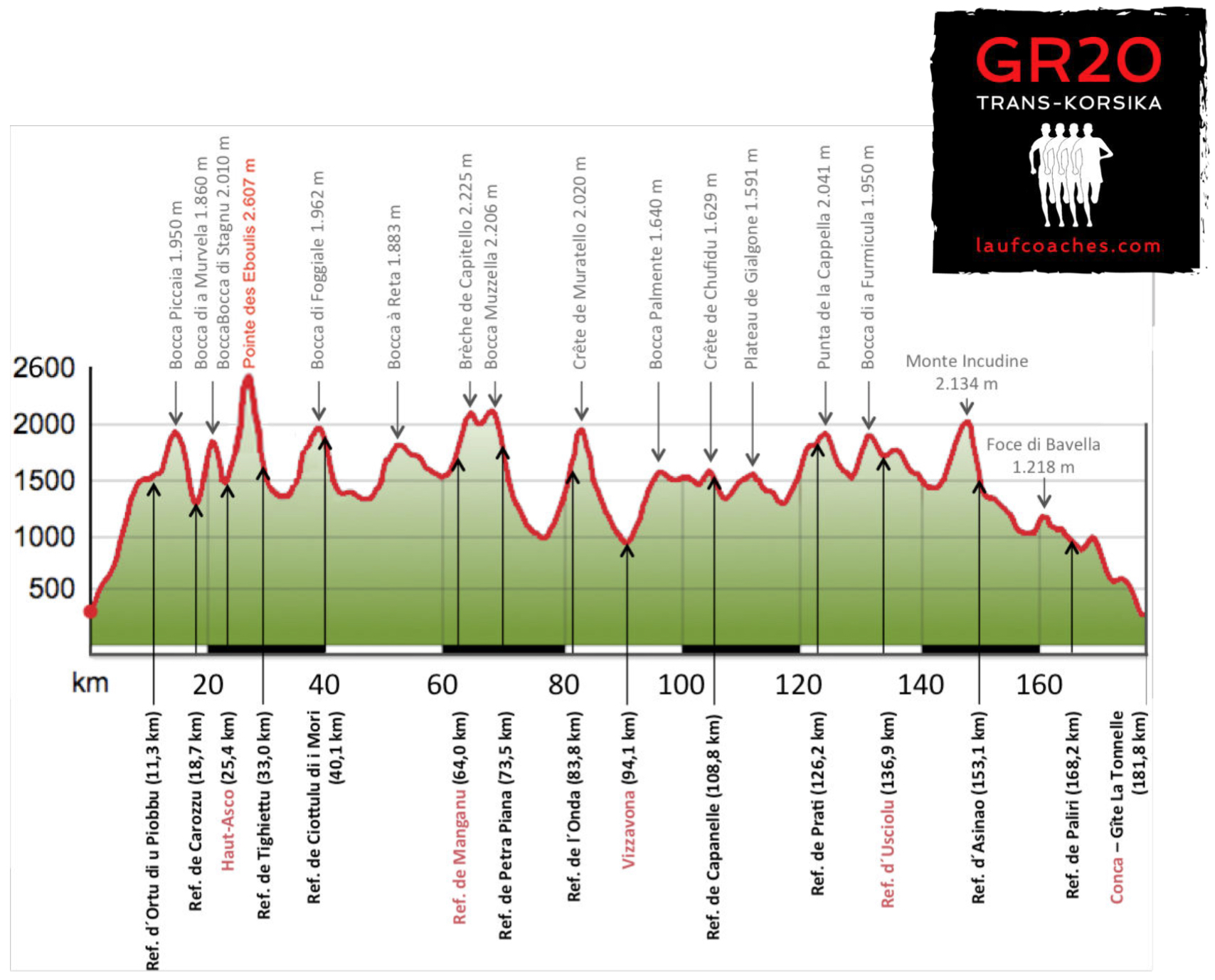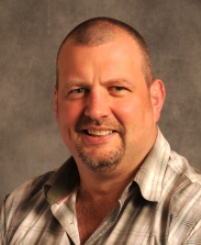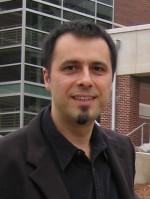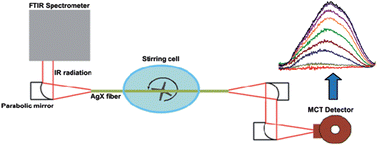A research team from Japan has developed a method for sampling tiny amounts of fluid from single cells without killing them. They hope their technique will allow scientists to better study cellular mechanisms from differentiation to cancer formation.
Advances in analytical detection methods enable processing and detection of analytes, even individual molecules, from single cell samples. But before chemical analysis can take place, a sample must be extracted from the cell – a procedure the cell usually doesn’t survive.
Takehiko Kitamori’s team from the University of Tokyo now managed to form a 100nm-wide hole in a human cell membrane and connect this hole to a tiny pipette to extract a sample – all while keeping the cell alive. Instead of piercing the cell by force, they coated their nanopipette with a lipid bilayer, the same material the cell membrane is made out of, which causes the two to fuse.
Read the full article in Chemistry World >>>
Micro/extended-nano sampling interface from a living single cell
L. Lin, K. Mawatari, K. Morikawa, Y. Pihosh, A. Yoshizaki and T. Kitamori
Analyst, 2017, 142, 1689-1696
DOI: 10.1039/C7AN00220C, Paper
This paper is free to access until 16th June











